Two years ago, I reviewed a replica of the famed Leitz Double Aspheric 35/1.4 lens (11873). Although I was very satisfied overall with the lens, issues with chromatic aberration and lens flare prevented Light Lens Lab from issuing it commercially. But now, they seem to have succeeded with their second attempt.
A little context before diving into this new review. Almost 30 years ago I bought the original Leica 35mm f/1.4 Summilux (11873) lens, and used it extensively for over 25 years. When its monetary value increased from just “very expensive” to that of a rare collectable valued today at around $30,000, I sold it. The new Light Lens Lab 35 f/1.4 Double Aspheric Replica will be significantly less than that!
Prototyping
With part of my proceeds from selling the 11873 Summilux, I bought an APO-Summicron-M 35mm f/2 ASPH, and still had plenty of left-over funds. But in my subconscious, there was always a sneaking affection for the Leitz.
I had been given an earlier prototype of the Light Lens Lab 35 f/1.4 Double Aspheric Replica to test, and deduced that it was not ready for the market. Since LLL already had other products in its pipeline, it took until now for them to remedy this situation. LLL recently lent me a new prototype of the 35mm f/1.4 AA replica for testing. Many people told me they were also eagerly awaiting this lens!
I found what Mr. Zhou, LLL’s owner, had to say about this situation very interesting, so here are some of his thoughts, filtered through North American LLL rep David Yu-Heng Chen’s translation, and then my editing.
Creating two distinct lens families
Mr. Zhou had previously commented that his company was going to be making two different lines of lenses: first, replicas or remakes/updates of classic lenses (where one expects similar period imaging characteristics to the original), and second, new, state-of-the-art lenses that show the best that their company can do.
“One lens that I will have to say combines both lines is the 35mm f/1.4 Aspherical (11873), which will be our next release. I believe it is a good mix of vintage rendering with its ‘Leica Glow’, and a very contemporary product in terms of rendering line-to-line performance.”
Vintage rendering with modern performance
“The optical design of the original shows its 40-year-old age, with fringing and diffraction in its line-to-line rendering. We have remade the lens in part to be optimised for modern digital sensors, where all purple fringing / chromatic aberrations are mostly removed.”
“This new version of the 35mm f/1.4 Aspherical (11873) combines the best of both lines of thinking and will be our next release. In more specific terms, it has the vintage rendering that creates the highly elusive ‘Leica Glow’ in its out of focus bokeh.”
“At the same time, it is much better corrected than its predecessor (11869 / 11870) in terms of its technical performance. It is truly a modern product in terms of rendering line-to-line performance. And in some ways, it is the best-performing 35mm f/1.4 lens that Leica has ever made.”
Changing how the lenses are made
I have been informed of three important detail changes: the two aspheric elements are now moulded, manually controlled machine polished, and the rear element is slightly longer than on the original double aspherical. This is due to the improvements in terms of spacing between aspherical/spherical elements during assembly.
And finally, “a high-refractive low-dispersion and achromatic element was introduced alongside the new aspherical elements to reduce distortion, diffraction, and chromatic aberration. At the same time, it maintains the legendary character of the lens through the use of lanthanide elements.”
A lens that fits between the two lines
I take Mr. Zhou’s thinking to mean that the 35mm f/1.4 AA falls between the categories, but clearly, mostly tends towards state-of-the-art. The lens diagrams show there is no added element in the new LLL lens over the Leica original. That means an element that was present in the original must have been replaced by the achromat version referenced above.
Here are the curves / graphs I received.
And for comparison, wide open, here are the curves from the Leica original and LLL’s first attempt
Some small surprises
The prototype lens I received for testing was a bit of a surprise in a number of ways. First, it was chrome, not black; secondly it had no shade, and I had to find one in my collection, an E46 screw-in, to mount for testing. It seemed slightly larger than the original, likely due to the new lens element configuration.
Lastly, its rangefinder coupling focused minimally too long, so that for critical focus at f/1.4 I had to use a Visoflex. However, focus was close enough so that for the average shot, in the f/4 – f/5.6 – f/8 range I simply used the rangefinder.
David had written that the appearance of the front of this prototype was slightly different from what will be commercially available.
Putting the 35mm f/1.4 AA (11873) to the test:
First, I wanted to determine if the claimed improvement in chromatic aberration could be easily seen. I took identical images of tree branches at f/2.0 with both the new replica and with an APO Summicron 35/2 Aspheric. At about 100x magnification, I can see no major differences. That’s impressive.
First you can see the 11873, then APO:
Next is how it behaves shooting into the sun:
There are some internal reflections, but it shows better suppression of veiling flare than I had expected.
Wide open and focused with the Visoflex, the lens is quite sharp. Here is my obligatory shot of my brother-in-law, then the centre portion, which has a wonderful roundness.
The bird-feeder test:
And here is a repeat of the little bird-feeder shot that I made with the earlier prototype as a test for edge sharpness/field curvature. I first focused on the feeder, then swung the feeder so that it was nearer the edge of the frame.
It was not quite as sharp as with the earlier prototype, but it was very, very close. There is some chromatic aberration on the wires. From the MTF curves, we would expect some fall-off of fine and very fine detail in the field.
Here is the same bird-feeder shot with the original replica.
And so, onto a couple of scenic shots, taken at f/5.6. The second one was pre-visualised, then cropped. These images all have great presence and the famed ‘Leica glow.’
A little testing in Montreal:
This lens was then taken to the Montreal LSI Annual Meeting, and I took a few images in the centre of old Montreal, which you can see below. All were shot around f/4 to f/5.6, and most of them cropped.
The lens performs pretty much as well as the excellent previous version. Which is to say very reminiscent of the Leica original. Actually, it is better with my digital sensor, and without any appreciable chromatic aberration or flare. I would have been quite satisfied owning the earlier version, but this is better still. It is everything I have been waiting for.
| Pricing and Availability of the Light Lens Lab 35mm f/1.4 Aspherical “11873” |
| Aluminum (Black Paint / Chrome Finishes) USD $1,399 €1230, £1080 |
| Titanium Grey Limited Edition USD $1,699 €1500 £1300 |
| Titanium Grey Limited Edition: Available December 1st, 2025 |
| Aluminum Black Paint / Chrome Finishes: Available January 7th, 2026 |
Make a donation to help with our running costs
Did you know that Macfilos is run by five photography enthusiasts based in the UK, USA and Europe? We cover all the substantial costs of running the site, and we do not carry advertising because it spoils readers’ enjoyment. Every amount, however small, will be appreciated, and we will write to acknowledge your generosity.

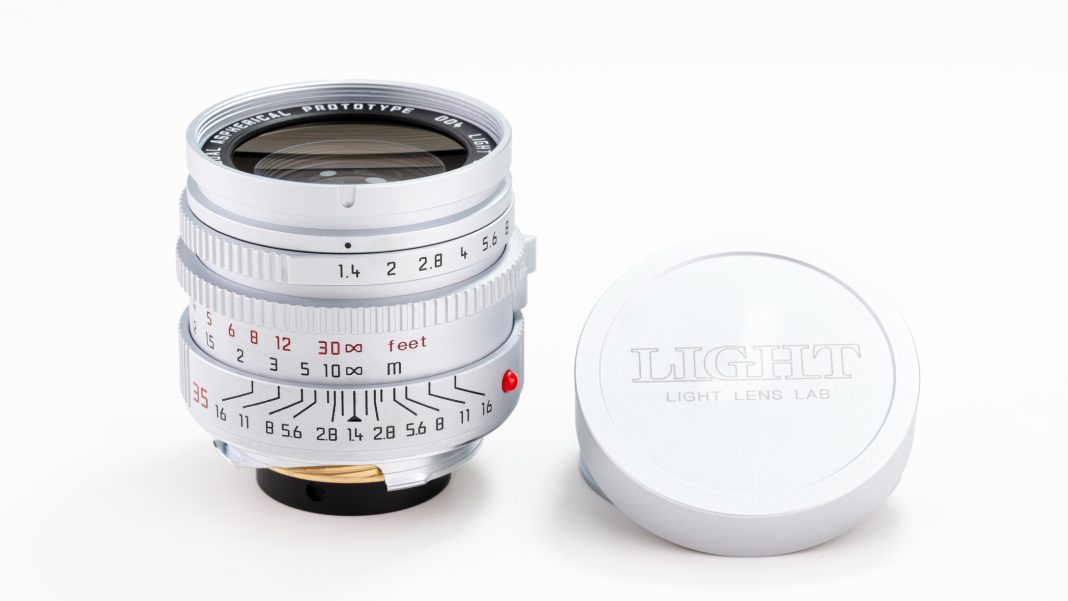


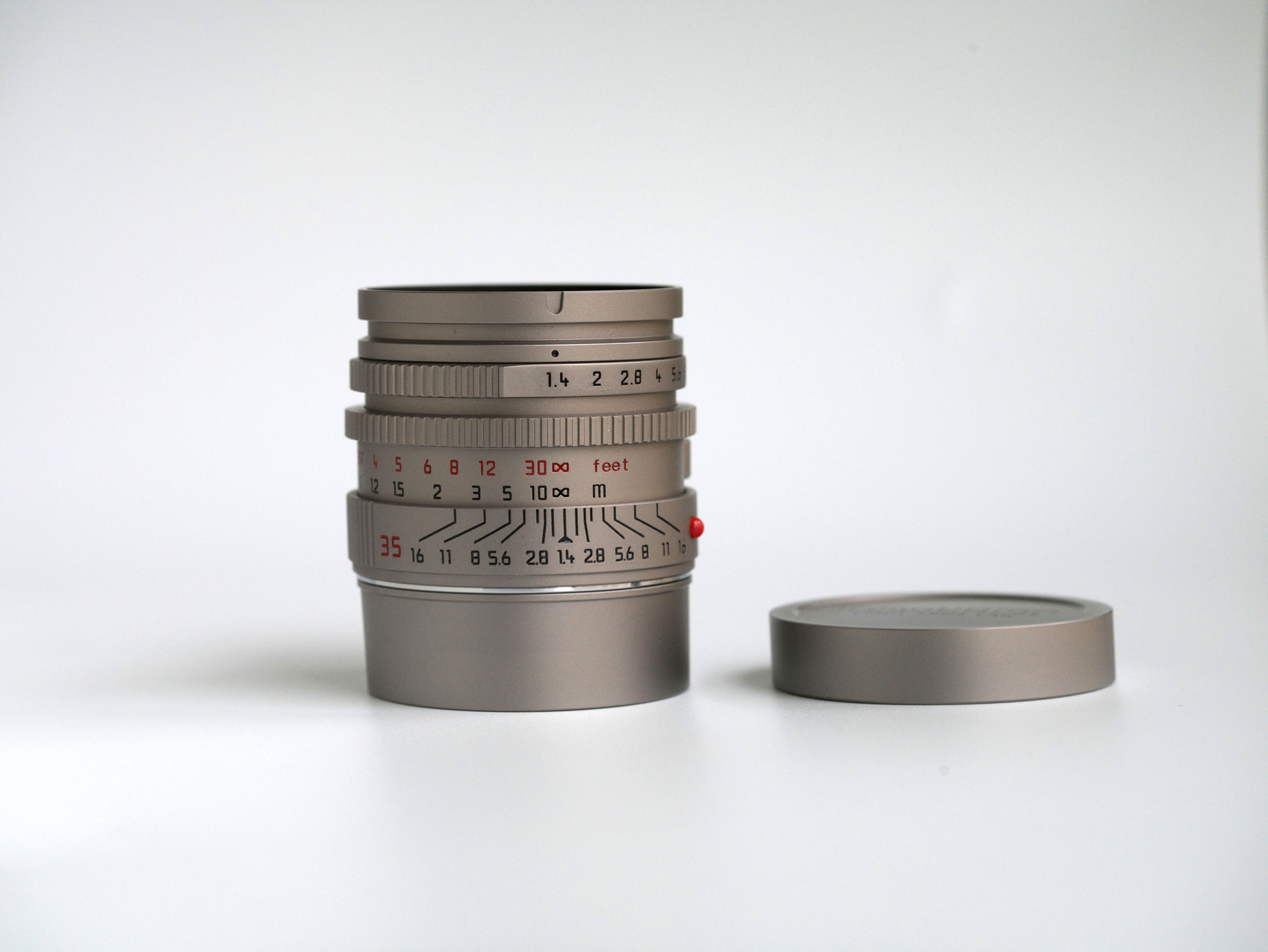
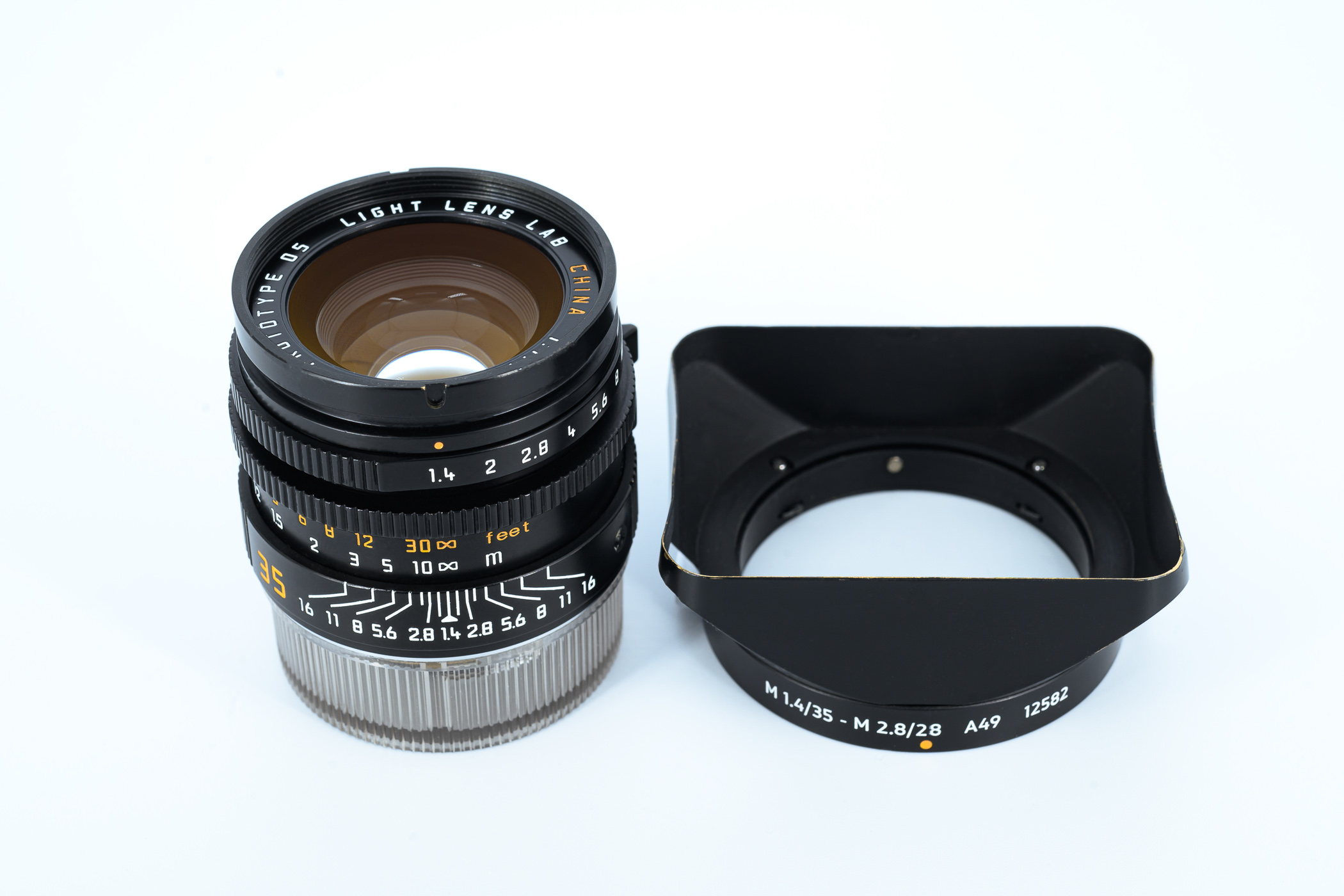


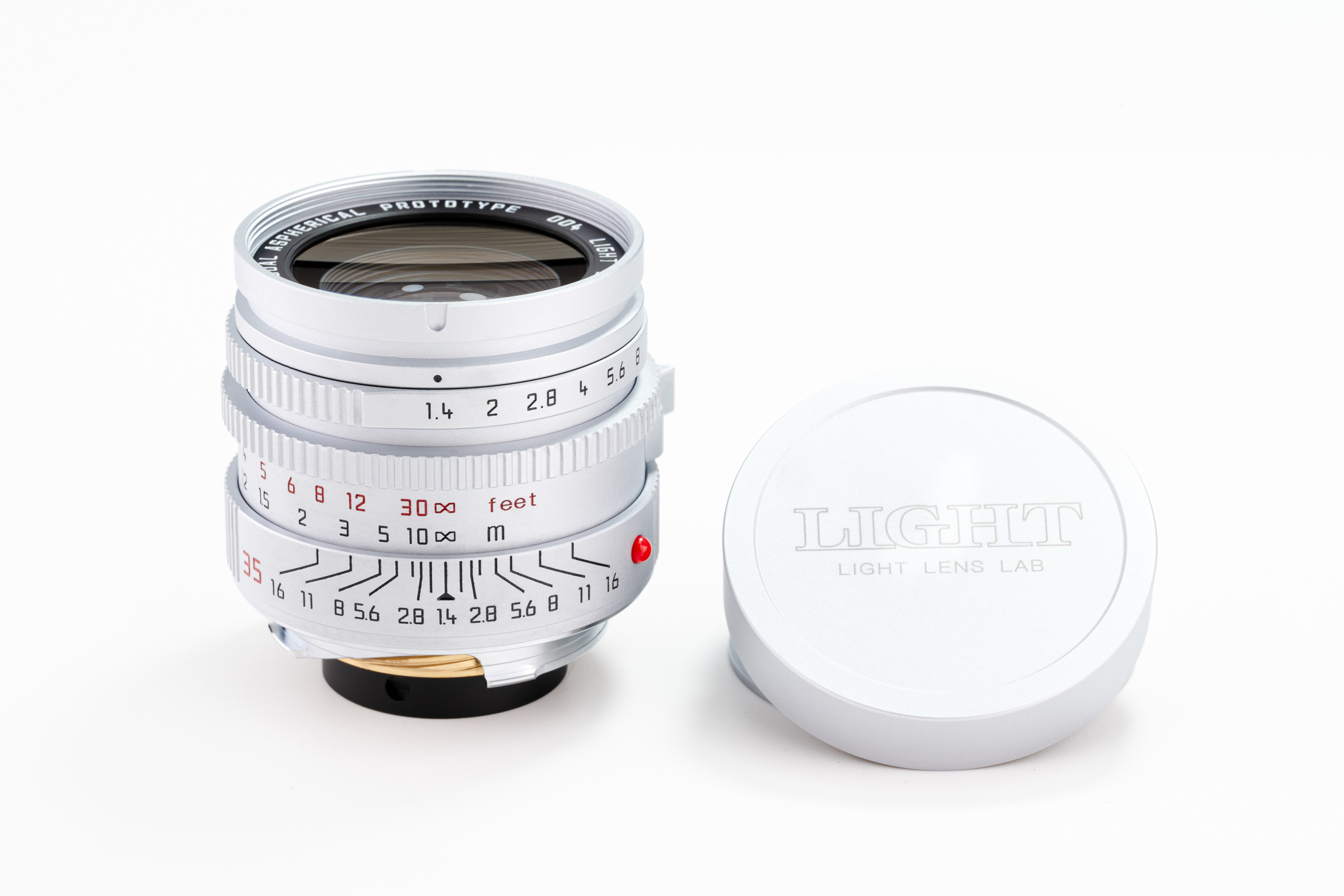
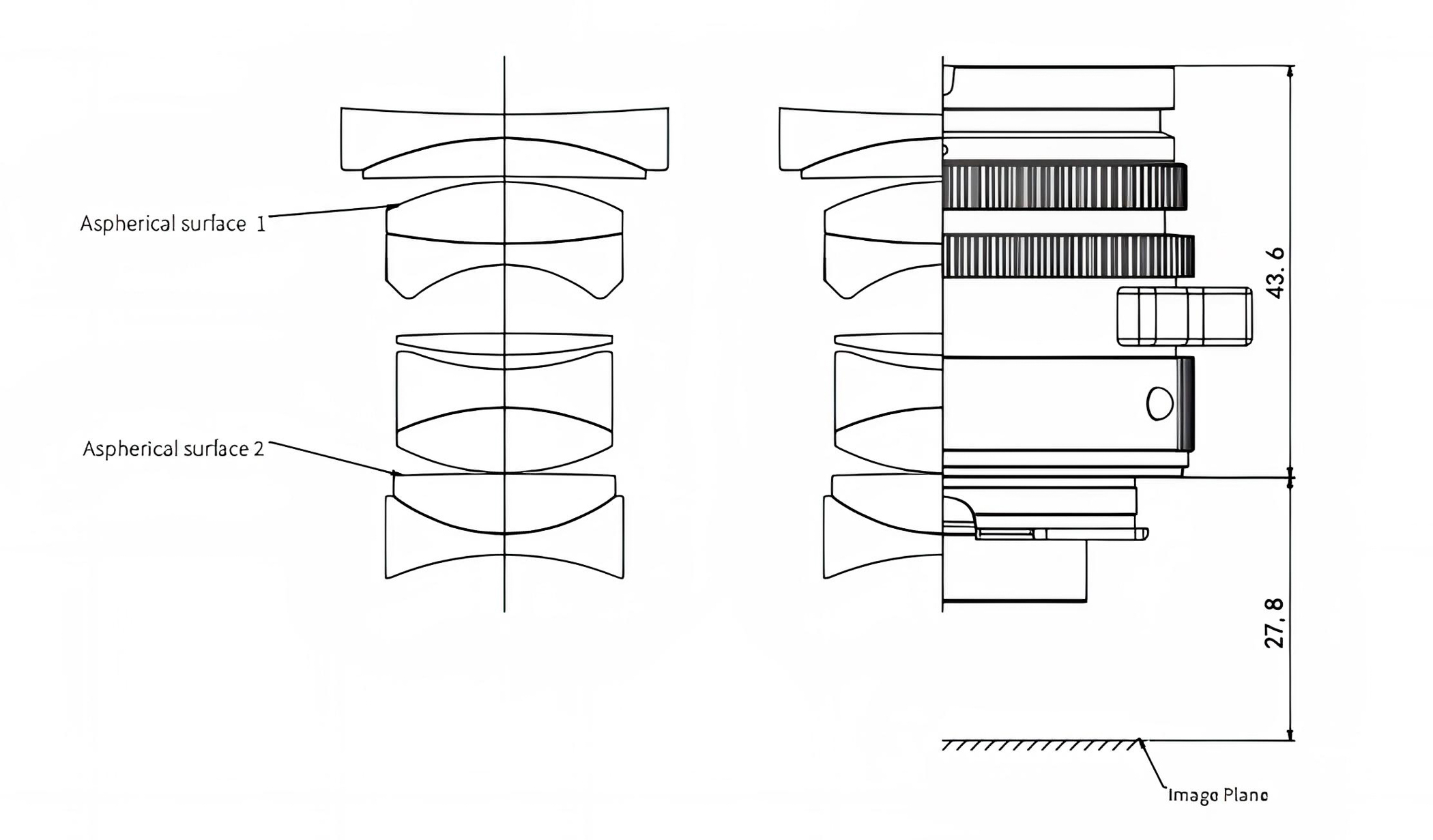
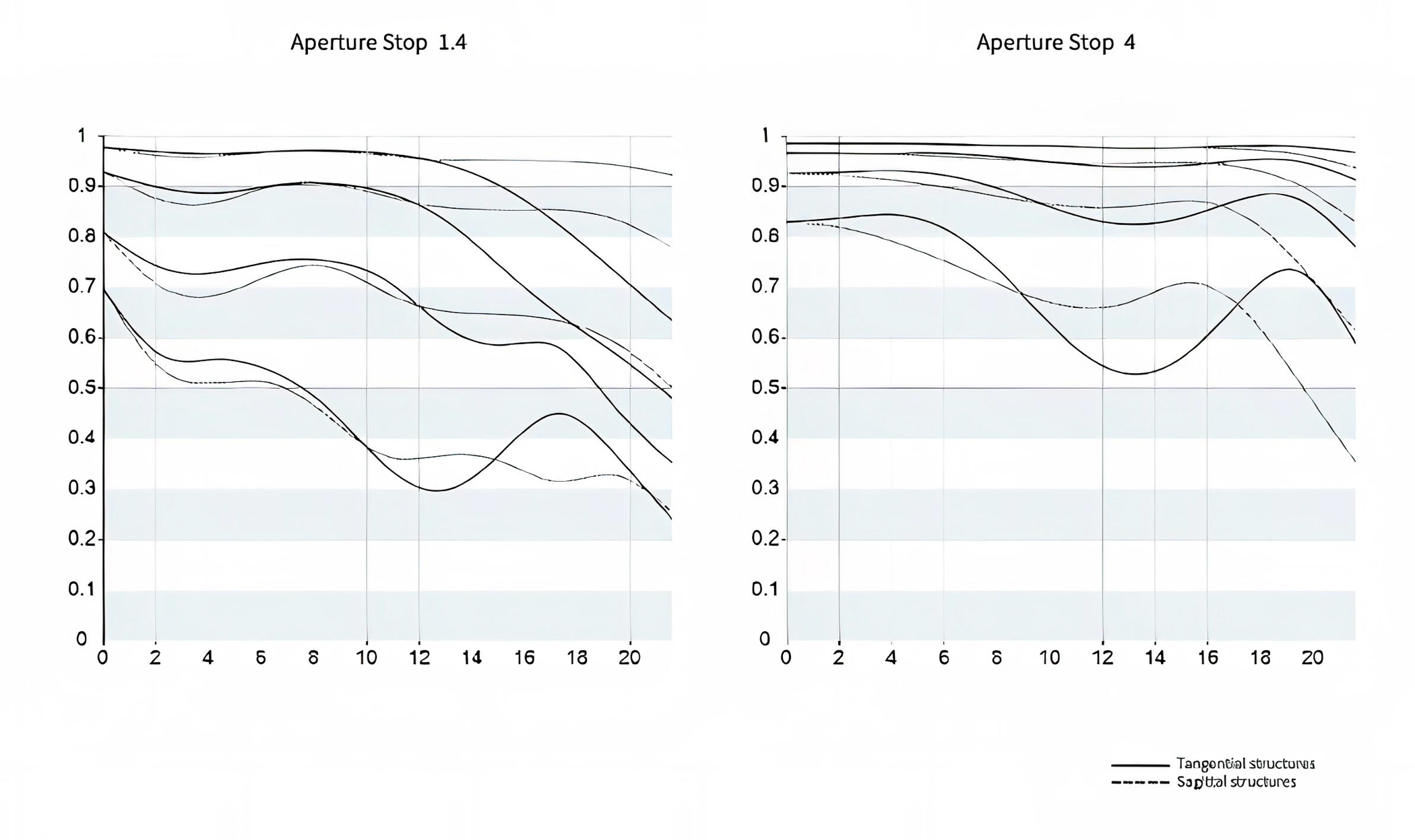

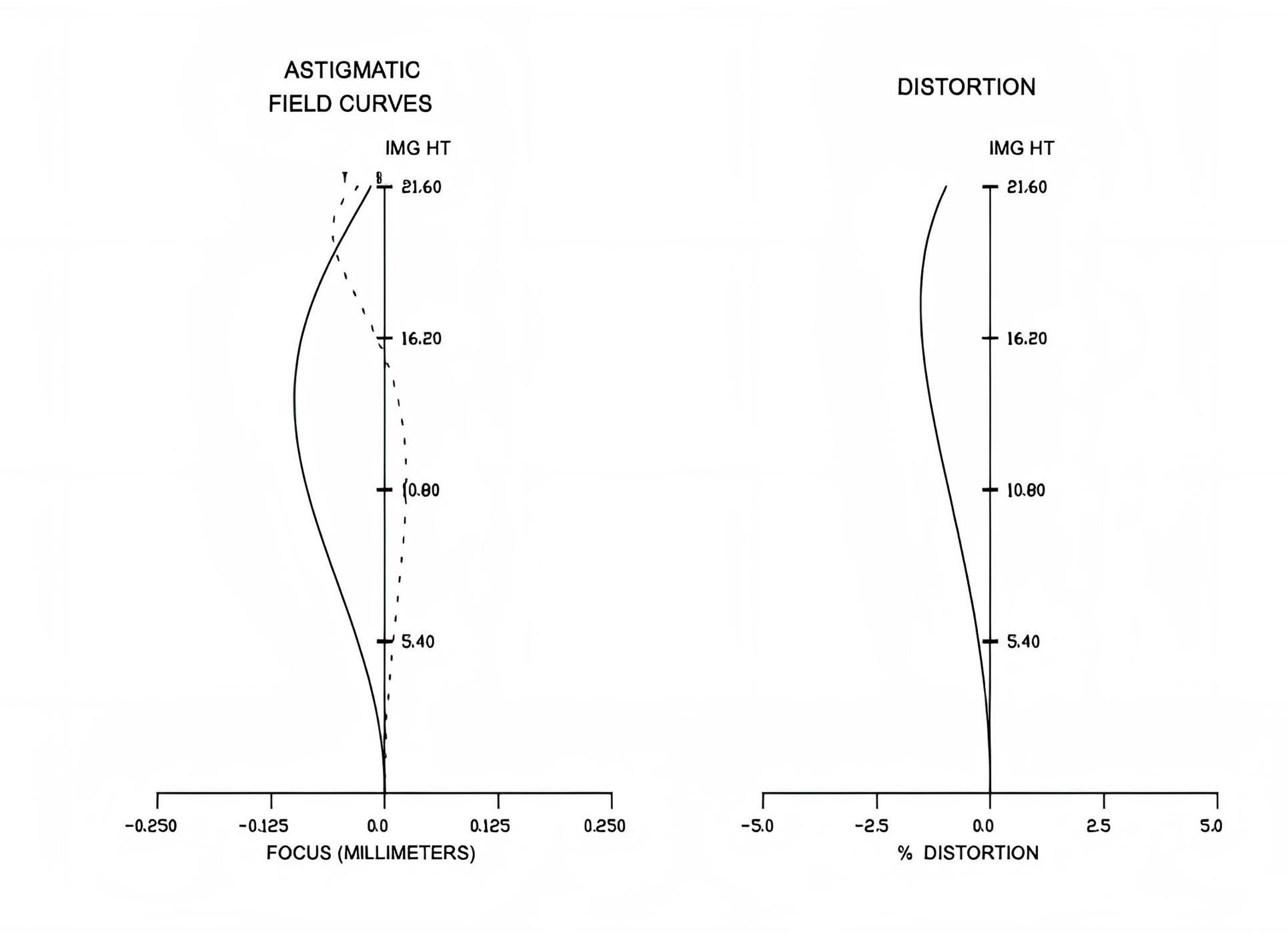

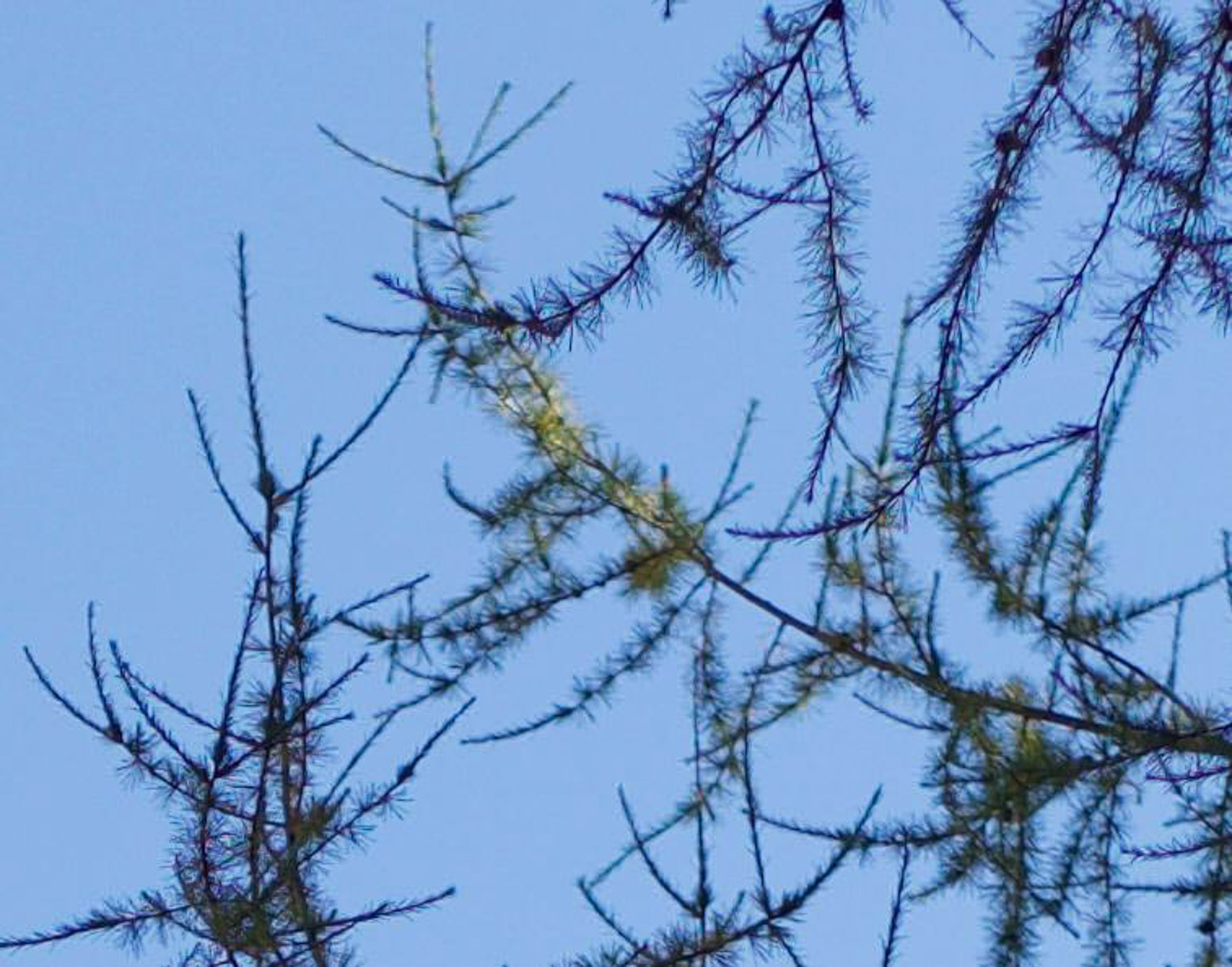
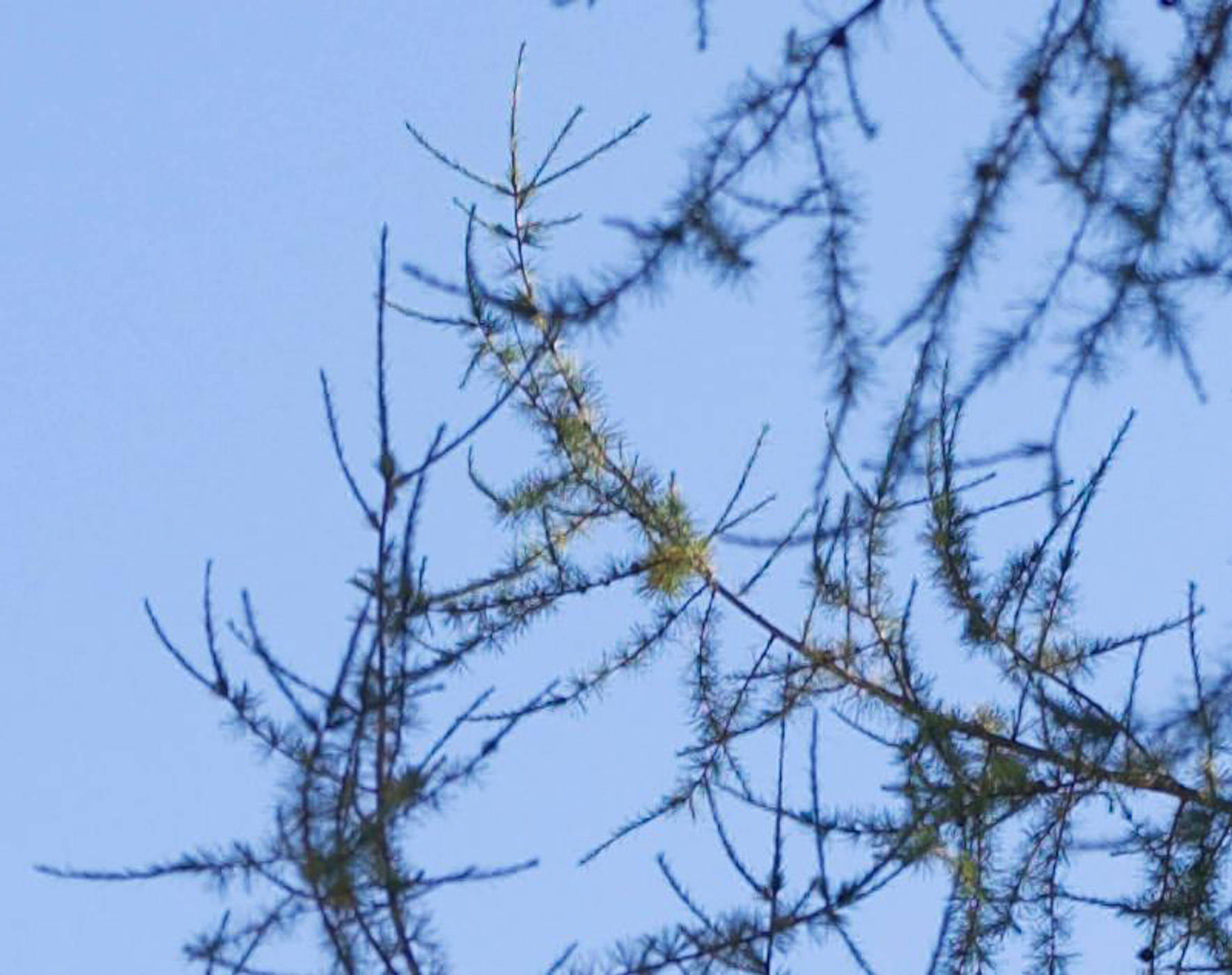

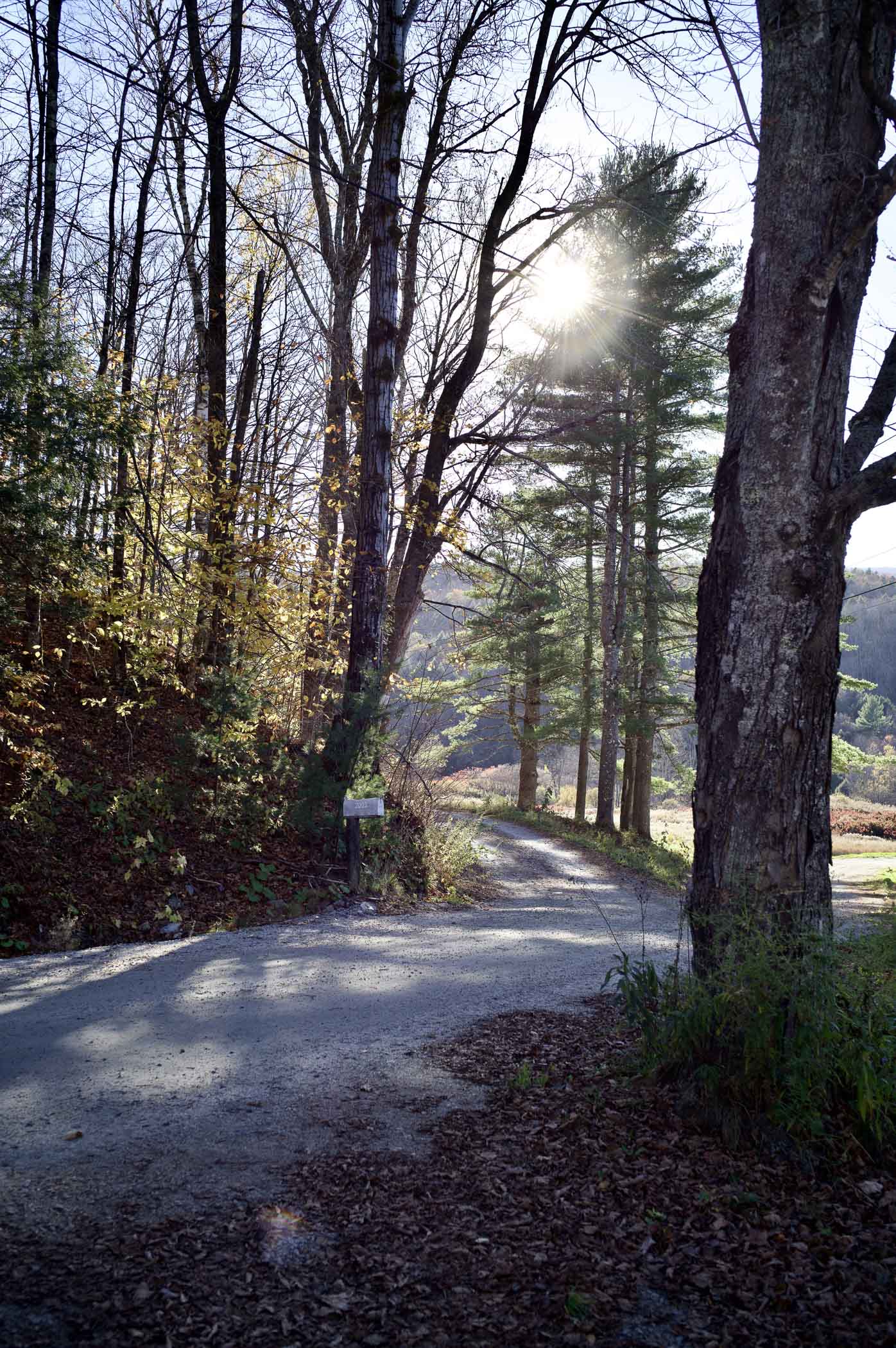
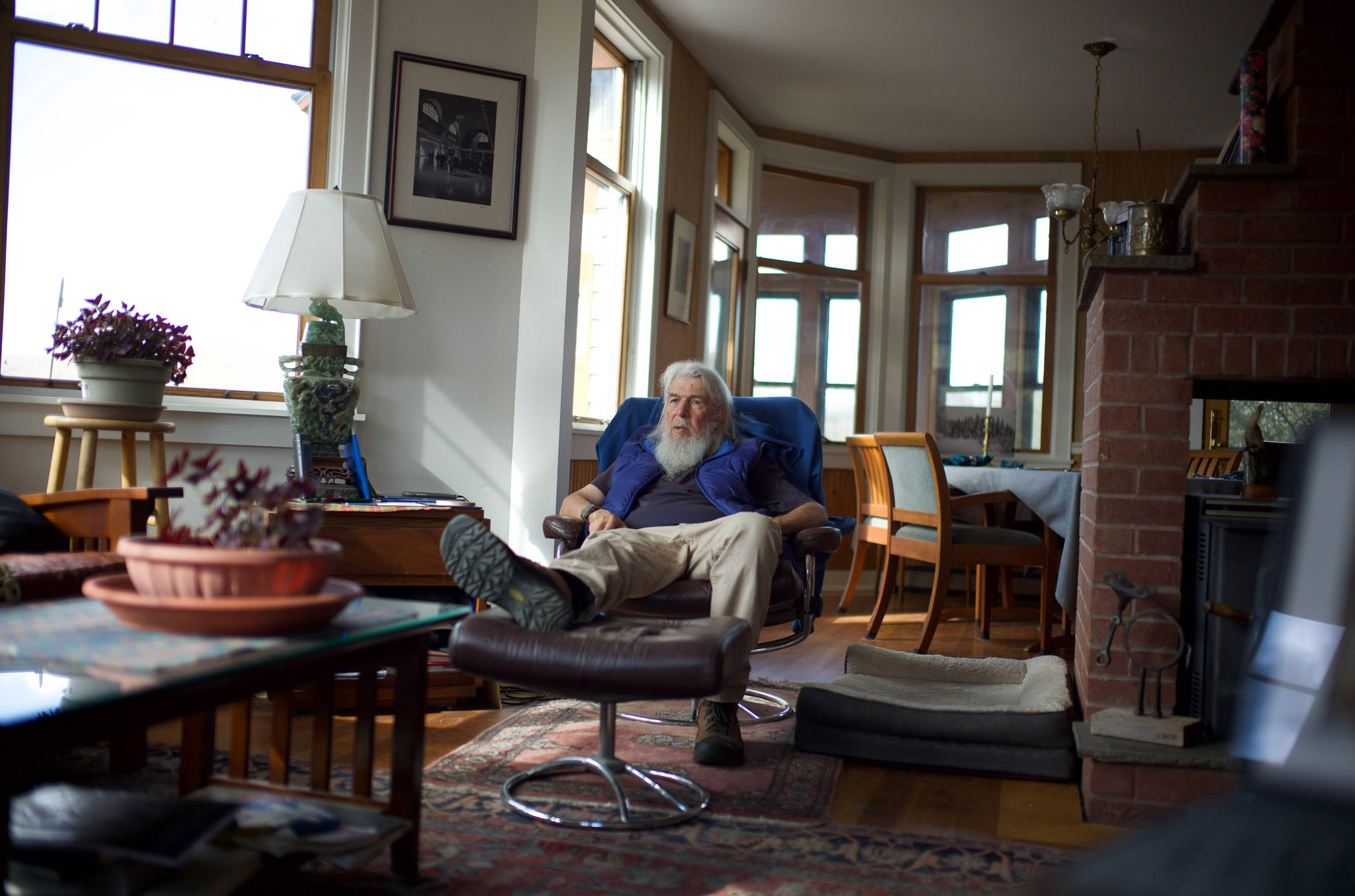


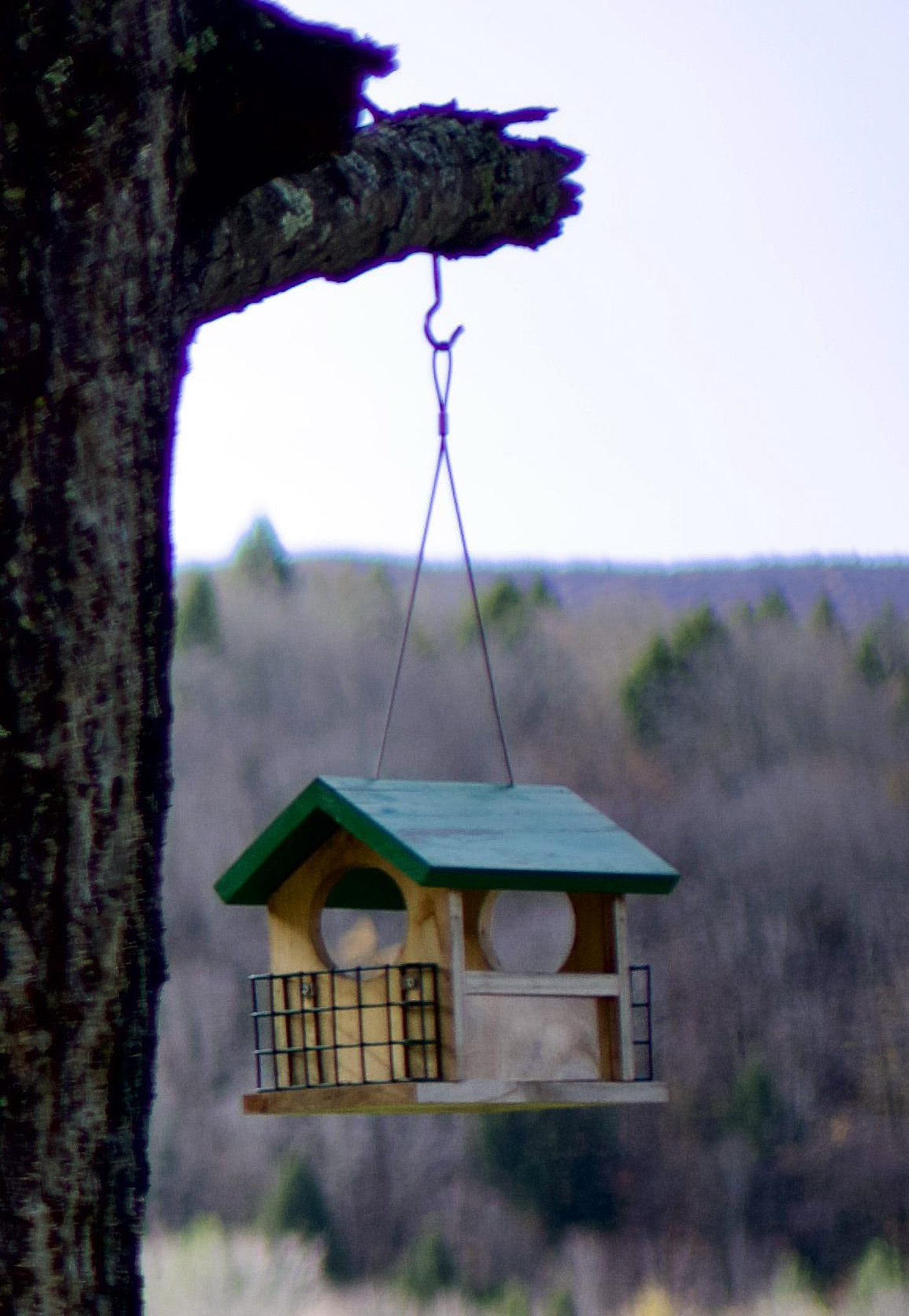

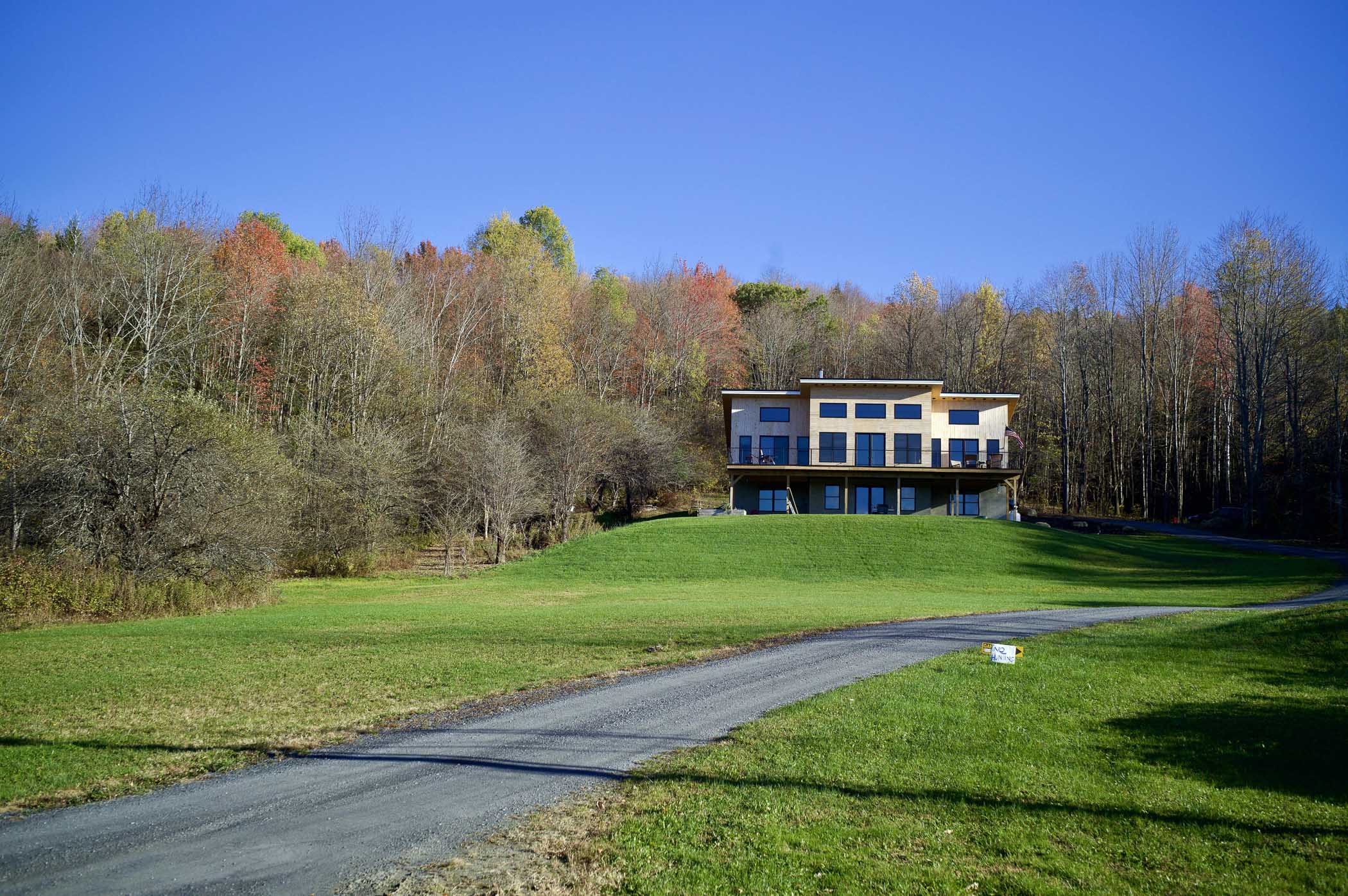
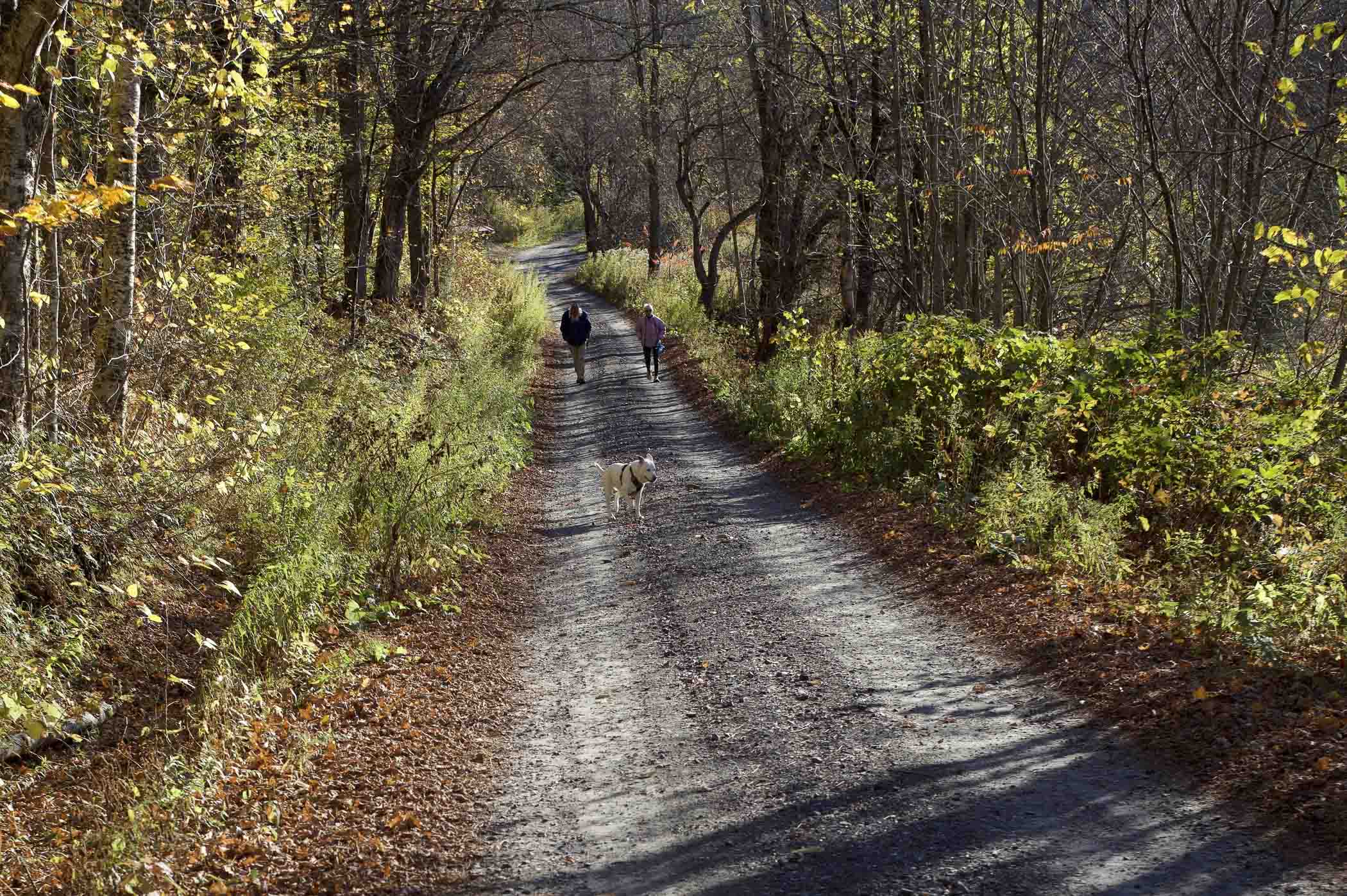
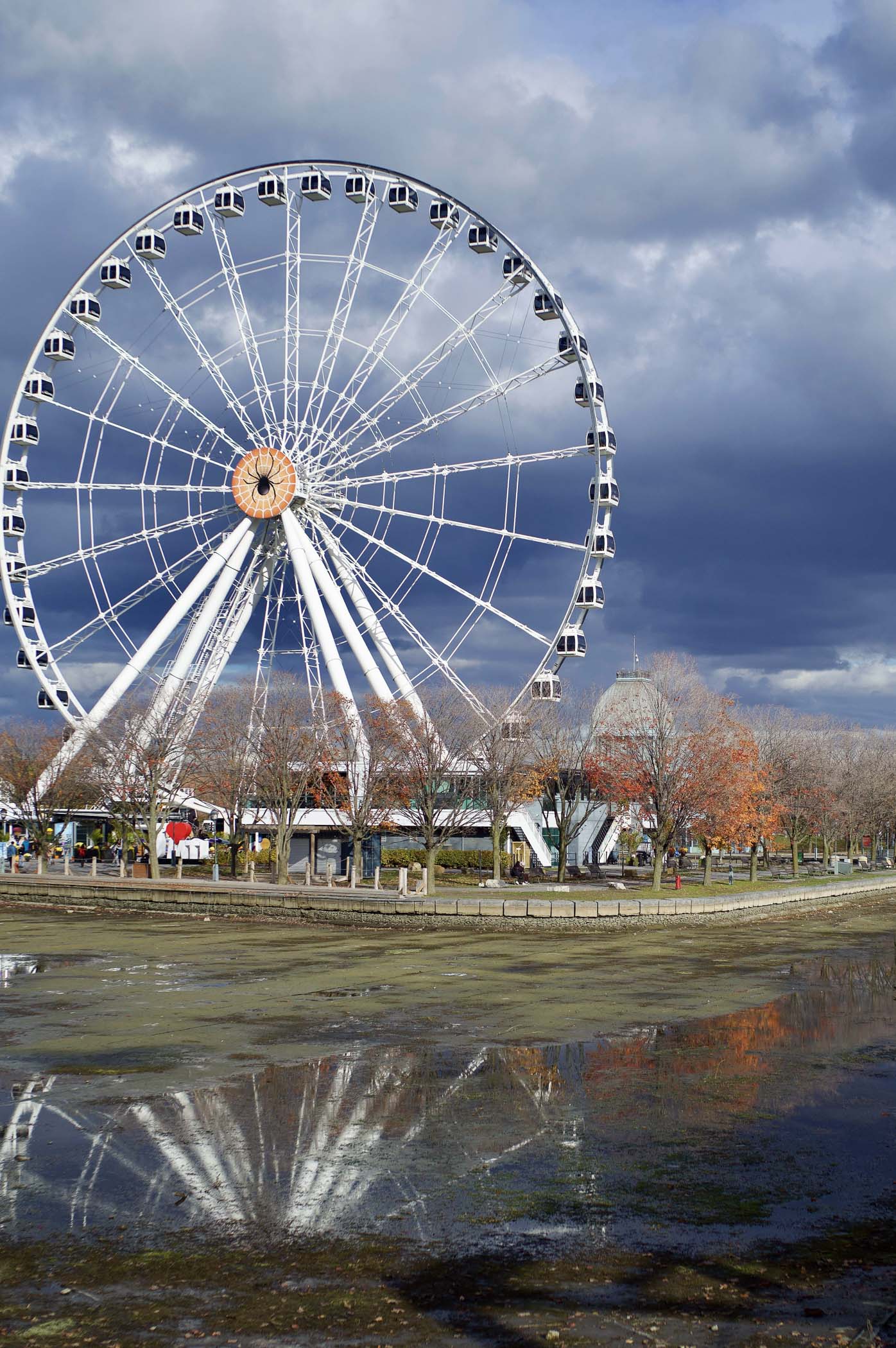


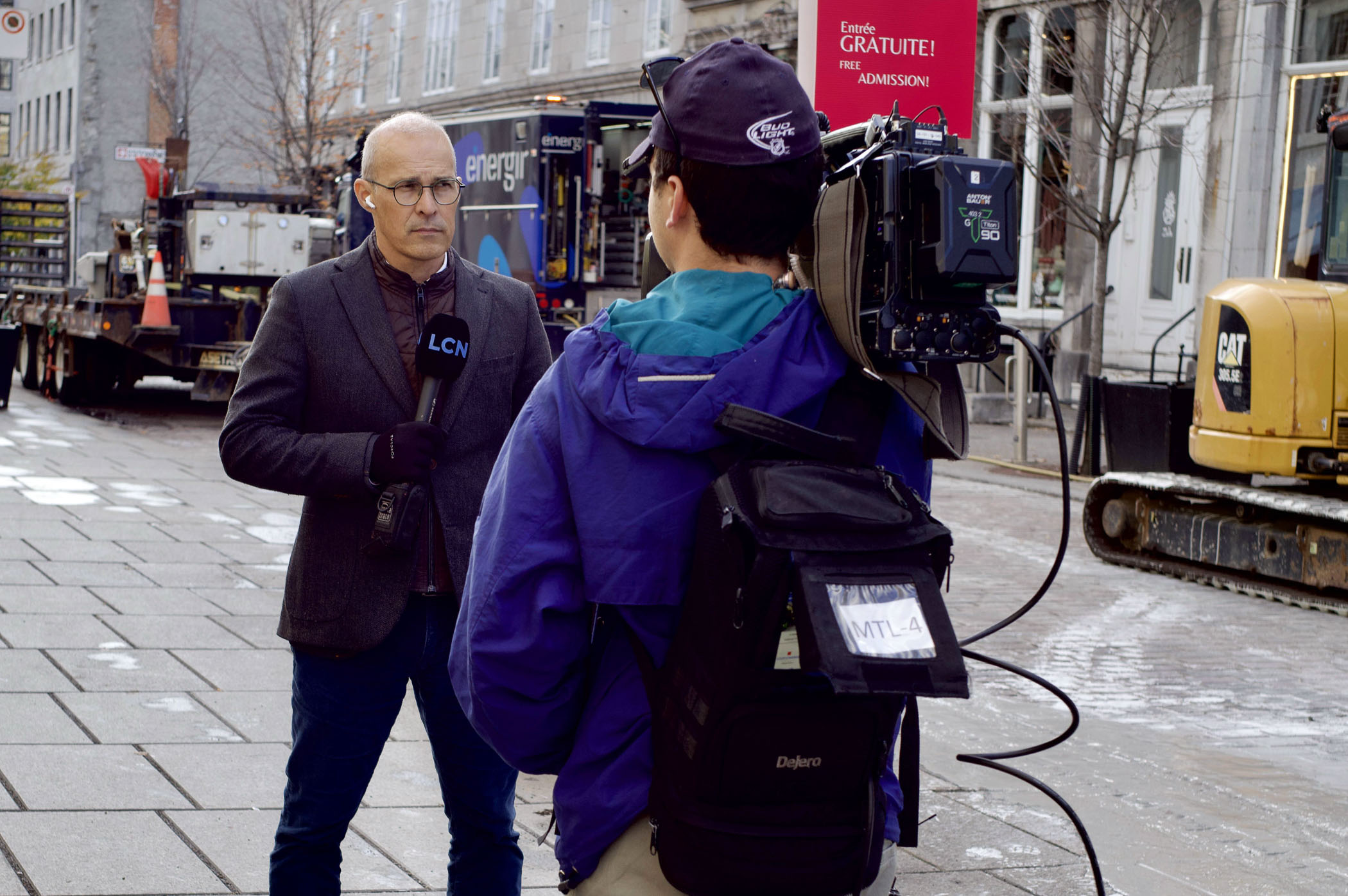

I recently acquired a NOS silver Summilux 35.
I also have the HCB version of the LLL 35 f2 eight element, which has performed admirably and to date it’s not exhibited any issues.
I’m not sure whether this would be worth adding or not.
Hi There,
I want to mention that your review is awesome as always but I want to also share my experience after owning 3 LLL lenses. What draws me to your review is that yours is the one that convinced me to get the 28mm 2.8 9E. Out of the 3 LLL, this is the one I still keep to this day.
Having said that, these early reviews do not hold the test of time. After owning a few of the LLL lenses, I notice that the 28mm barrel is starting to grind. It has leaked some lube/oil around the barrel and over time this has possibly dried up. I sent mine back to LLL and got another one that did the exact same thing. I’m grateful that they had a replacement but this just validates the quality for me. While I love this 28mm, I feel this won’t last another year or two. The other 2 lenses had their own caveats, which made me want to sell it.
In summary, if you buy LLL you need to set some expectations right. Do not let this fantasy of getting the original for a fraction of the price as it won’t last as long as you think it would. A reminder that the lens value prep at its best is a replica and If you think that someone can replicate a Ferrari other than Ferrari themselves, you are simply living in GAS. For these LLL no matter how much people tell you about its quality, choice of material partial improvements etc.. – there is something just about it that’s not properly done. My guess is QA or assembly issues but that should be expected for the price and cheap labour.
I find it astonishing that Light Lens Lab, a company that makes its living from a very blatant form of plagiarism by copying the intellectual work of others, receives so much positive attention. – Does Light Lens Lab honorably pay a portion of its earnings to Leitz/Leica?
I am assuming that LLL has patent lawyers. Their position is one of homage to Leica, reviving lenses that Leica no longer makes, improving some of them with new techniques, and they are in the process, as I write, of their own version of the 35/2 Apo Summicron Aspheric, without any copying of Leica at all.
I base my positive feelings about the company on the above. They make no bones about what they are doing
Hi Ed, this is of course a difficult topic with many facets.
It is precisely this openness that I find offensive.
Reason: LLL (and other imitators) use the reputation of another brand to improve their own reputation. They use established brand names as a ladder to establish themselves and their copies. This is a proven marketing and development strategy that we have seen many times before.
(First copy products from an established brand, improve your own brand awareness, then use your own location advantage to beat the established brand. – And all without investing heavily in marketing.)
I do not despise their technical skills. They are good, no question.
However, calling it homage is a very convenient way to justify copying.
The line is not drawn by what lawyers say, but by how a person sees itself. As an entrepreneur or artist, does one feel comfortable copying and selling the intellectual work of other artists or companies?
It is a question of ethics or rather a lack thereof.
If LLL copies Leica’s APO-Summicron (a product under active patent protection) exact and sell them even under a different name, it is infringement of IP laws;
If LLL copies an design whose patents already expires and sell them, it’s totally legal. Now can they market it as “this is based on Leica’s AA summilux”? Again, there are no patent rules stopping them from doing that. Like Google can make a phone that says insipred by iphone 3. Is it blatant copying? Yes! But perfectly legal and kind of the point. You might say company A spent lots of RnD effort building its brand name and reputation. Company B simply steals that by calling their copycat products based on Company A’s. But that is what IP laws are for. As long as the IP laws says it’s ok to do so, it’s a fair game.
If LLL doesn’t exist, these intersesting lenses will simply go extinct or so rare expensive and out of rich from most people. What they are doing are democratizing these good photographic treasure to a broader audience, which seems more ethical to me.
Most of the average lenses made today are computer-designed, and made to a price point. They are mostly interchangeable, and all quite good. And / or, they are generic copies of fairly recent designs, maybe opened up a bit, or with a more modern lens element inserted. There is very little new under the sun lens-wise these days. There need not be, actually, since they are almost all excellent.
What LLL is doing was to copy older designs, so we could get that feeling without paying a premium price for a rare collectible. They too tweak some of these lenses to improve performance over the original, especially for those of us who want to pixel-peep and who are not satisfied with the generally sharp image. When I tested LLL copy of the 50/2 Rigid Summicron, I got something quite like the original, for me a less-than-perfect but very useable lens with wonderful image sense. I would have bought one if I did not already have a couple. Not as sharp as a 50/2 APO Aspheric, but vintage nice.
With this 35/1.4 I feel they have exceeded the original, which I used to own. And that is high praise. They have brought this lens just short of SOTA. LLL’s own 35/2 APO Summicron Aspheric is in the works, and they will definitely NOT be copying Leica’s formula.
Using a term from the arts, I think of LLL’s offering so far as pastiches. They are not forgeries, not parodies either.
Ed
Hi Ed,
I understand your point and I do not assume that you intend to harm Leica. But in my view you actively help LLL to circumnavigate laws.
Here’s an example:
Are you aware that the word “Summicron” is an active Leica trademark in many countries? A company may only use the word “Summicron” if licensed by Leica. And thus LLL seems to not use those trademarks in their website for a good reason. It would be illegal.
When you say “When I tested LLL copy of the 50/2 Rigid Summicron” you actively help LLL to circumnavigate those laws because you kind of do kind of the dirty work for them by sticking the trademark “Summicron” onto a copy. That’s a tremendous marketing stunt for LLL, because you do what they are not allowed to do.
So if in the future LLL does a 35 / 2.0 – good for them!!!!
But I am not exactly sure if you, Ed Schwarzreich, should label it a “Summicron” as you do when you say “LLL’s own 35/2 APO Summicron Aspheric (…)” You take a Leica trademark and slab it on a completely different lens that is not a Leica product. LLL is for sure very thankful for that.
Have a nice day
Christian
Many brands including Nikon and Canon copied Leica lenses in the early days. I’m sure Leica doesn’t mind as it brings more people into the Leica ecosystem in the way that Apple allows third parties to make accessories for their phones. I rather like having these classic versions available at prices that normal folks can afford.
thanks for the review Ed.
I’ve preordered the titanium version and looking forward to it.
like with the Leica AA lenses (nocti 1.2 and the 35 ) they have a tendency to react to light. under certain light conditions, they shine and produce the magic, from my shooting experience. Especially fading light, window light etc., give these lenses the additional character. Like the other commentator mentioned, LLL in general seem to have a issue with focus ring play. (i had the steel 8 element one from LLL) Beautiful construction, but had a bit of play in the focus ring. I had to return it. otherwise the results are really good.
will post my thoughts once i receive the LLL AA 🙂
Best
Kannan
Thank you for the reply, Kansan. LLL’s earliest attempt, the 35/2 8-element had real problems with focus accuracy in several of the examples I had. They needed better QC. And they have improved this greatly IMO.
What I now test are prototypes. A couple of these – actually both of the 35/1.4s, the first attempt and this second one — also had RF coupling and focus issues, although for the current one this was very minor. I have not experienced focus play or backlash.
I now have 7 of their lenses and am very satisfied. Their 28/2.8 is a great performer and is one of my most-used lenses. Also the 50/2 ELCAN which I use in monochrome and mostly for portraits. I am looking forward to a 35/1.4 AA also. The Leitz version had been a mainstay for me. But I still first off check infinity focus and RF-accuracy with each of their lenses when I receive them.
Hi Ed
i received my Titanium copy yesterday. and very impressed. here are some pics.
https://www.instagram.com/p/DSNIXKPCOb0/?img_index=1
all shot in low light… first two and last are shot wide open.. i did notice a bit of purple fringing, but apart from that, a really good addition .. this could be my walk around and all purpose lens… 🙂 the petal hood is nice and the rectangular hood too (all metal) focusing was a bit stiff, as it was straight from the factory ! hope it smoothens out, the more i use it.. from a price to performance ratio, it cannot better than this, especially with a titanium construction..
Great, and thanks for the images, Kannan!
Still awaiting mine.
Ed
Unfortunately, the LLL lenses did not become working tools for me. This is primarily due to the quality of the lenses and my personal experience with them. My first experience was with the SP 50 lens, which had significant issues with backlash and the usability of the focus ring. The second lens was a 35mm 8-element lens, and I had to return three of them as only the fourth lens was free from defects such as backlash and precise alignment. However, in recent years, Leica has also been known to produce lenses with defects, but they are easier to replace. Additionally, I can’t help but wonder if you’re using a counterfeit lens from China. I’m not sure if I’ll ever order their lenses again.
Thank you for your reply, Vadim. The 35/2 8-element did have the issues you describe. This was LLL’s first attempt. I now have 2 good ones.
I have the SP 50, and while I have only occasional use of the lens, I have had no problems. LLL plans a series of other cinema lenses — i.e. they want video people to use them.
As to being counterfeit, that is basically a legal term here. There is no intent to defraud. Remember, Leica is also on a bit of a frenzy “re-issuing” older lenses, often if not mostly remade inside and not of the actual original formula. That would be somewhat misleading, no? LLL is attempting to “pay homage” while still making a buck, Ditto Leica.
Overall, developing and producing lenses, especially copying and improving older complex lenses where is there is little in the way of prior technical data, is quite a goal to set for yourself. That, and the quality of what I receive to test, is why I remain happy to continue to do so.